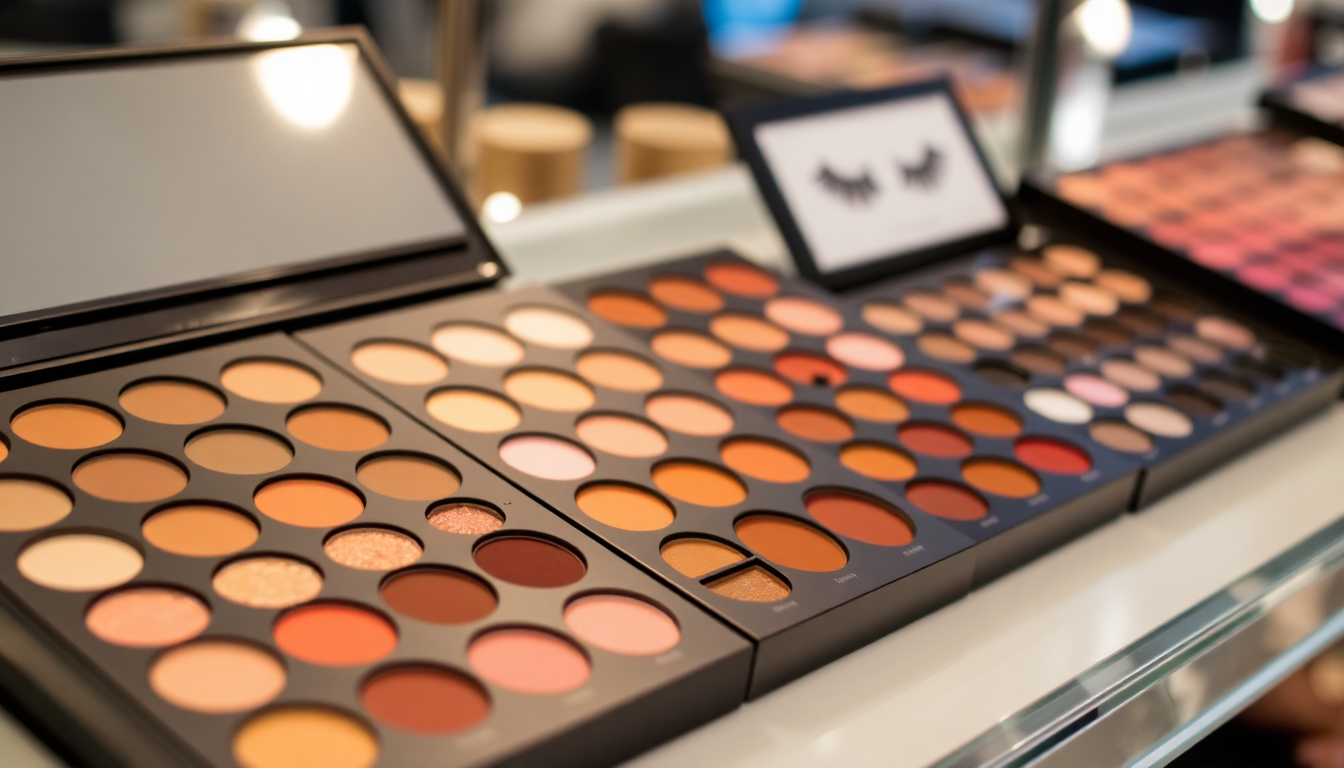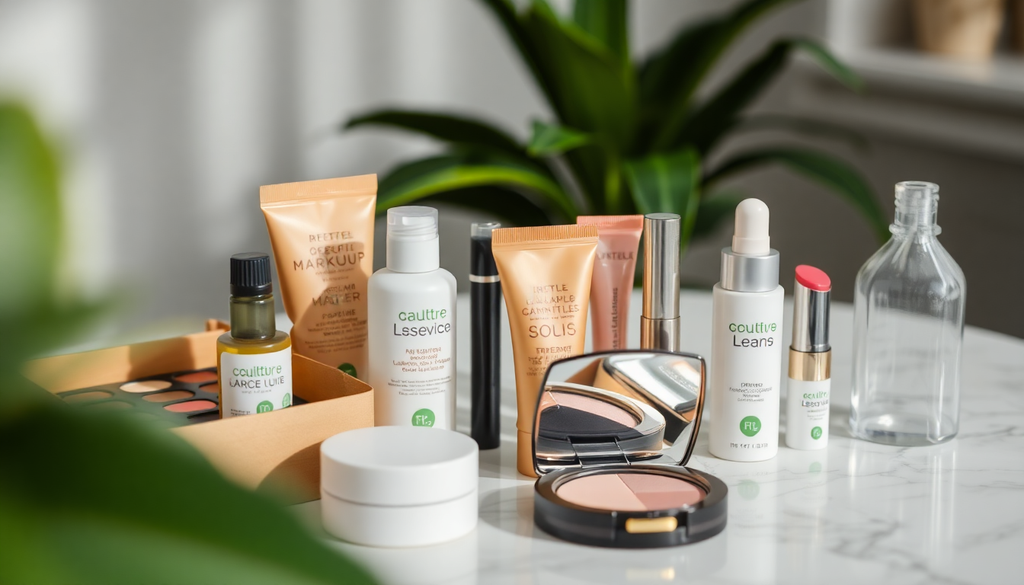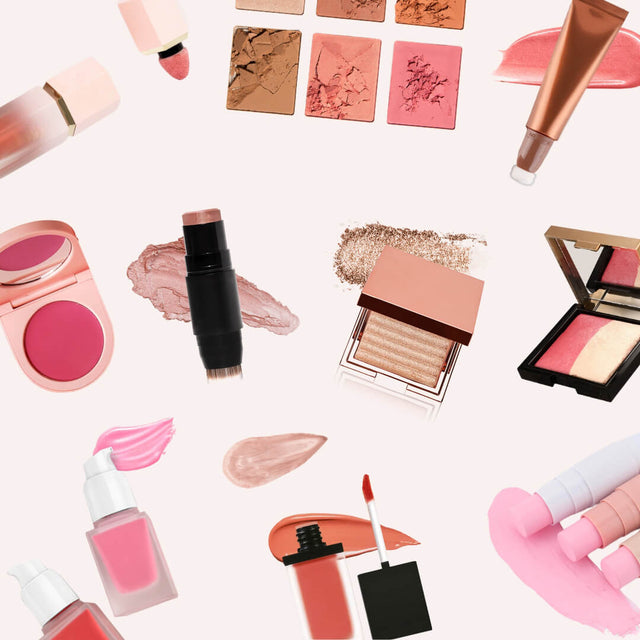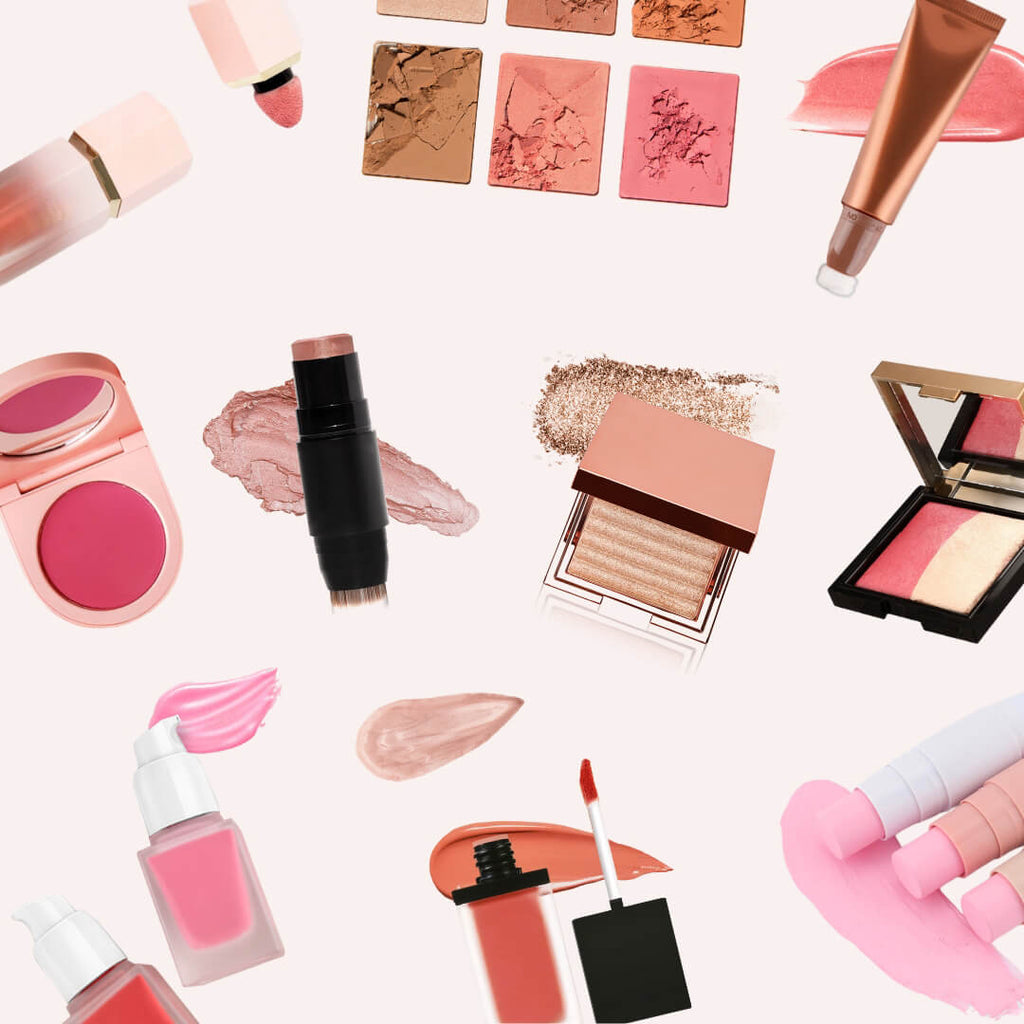
Navigating the Global Makeup Market in 2025: Step-by-Step Guide to Launching Your Brand with Custom Eyeshadow Palettes and Magnetic Lashes
Introduction
The global makeup market is not just expansive; it is an evolving landscape filled with opportunities for aspiring entrepreneurs. As we move through 2025, the demand for innovative beauty products has reached new heights, especially for custom eyeshadow palettes and magnetic lashes. This comprehensive step-by-step guide offers insights into launching your makeup brand and thriving in a competitive environment.
Understanding the Global Makeup Market
To successfully launch a makeup brand, it is essential to comprehend the dynamics of the global market. Consumer preferences, regional trends, and economic factors all play a significant role in shaping the makeup industry.
- North America: The U.S. market is characterized by a focus on diversity, with an increasing demand for cruelty-free, vegan, and clean beauty products. Influencer marketing and social media campaigns are pivotal in reaching consumers.
- Europe: European consumers prioritize sustainability and transparency. With strict regulations on product safety and labeling, brands must ensure compliance with standards set by the European Union.
- Asia-Pacific: Countries like China and Japan showcase rapid growth, driven by innovative products and the popularity of K-beauty trends. The region emphasizes high-quality formulations and unique packaging.
- Latin America: The beauty market in Latin America is booming, fueled by rising disposable income and a youthful demographic eager for trendy makeup products.
- Middle East and Africa: This region is seeing growth in the luxury beauty segment, with consumers seeking high-quality, long-lasting products that also cater to their cultural preferences.
Steps to Launch Your Makeup Brand
Launching a successful makeup brand is a multifaceted process. Here are the critical steps you need to follow:
1. Conduct Thorough Market Research
The foundation of a successful makeup brand is deep market research. Understand your target audience by analyzing:
- Demographics: Age, gender, income level, and location.
- Preferences: Types of products they prefer, shades, and packaging styles.
- Competitors: Identify leading brands in your niche and analyze their strengths and weaknesses.
- Trends: Stay updated on emerging trends through industry reports and beauty blogs.
Utilizing tools like surveys, focus groups, and social media analytics can help you gather valuable insights.
2. Develop Your Product Line
Once you've identified your target market, focus on creating a unique product line. Consider the following:
- Custom Eyeshadow Palettes: Offer customizable palettes that allow customers to choose their favorite shades. Incorporate trending colors and formulations, such as metallic or matte finishes.
- Magnetic Lashes: Develop high-quality magnetic lashes that provide ease of use and comfort. Consider various styles, such as natural, dramatic, and volumizing, to cater to different preferences.
- Packaging: Invest in aesthetically pleasing and functional packaging that reflects your brand identity. Sustainable packaging options can also enhance your brand's appeal.
3. Ensure Compliance with Regulations
Understanding and adhering to cosmetic regulations is crucial for market entry. Regulations can vary significantly from one country to another:
- United States: Comply with FDA regulations, ensuring proper labeling, safety assessments, and adherence to Good Manufacturing Practices (GMP).
- European Union: Familiarize yourself with the Cosmetics Regulation (EC) No 1223/2009, which mandates safety assessments, labeling requirements, and product registration.
- Australia: Ensure compliance with NICNAS, which regulates the safety of cosmetic products in the market.
- Brazil: Register your products with ANVISA and adhere to local labeling laws, including ingredient disclosure and product claims.
- China: Understand the unique requirements for animal testing and product registration if you plan to enter the mainland Chinese market.
4. Setting Up Your Online Store
In today’s digital age, having a robust online presence is essential. Here are steps to set up your online store:
- Choose an E-commerce Platform: Consider platforms such as Shopify, WooCommerce, or BigCommerce that cater specifically to beauty brands.
- Design an Engaging Website: Ensure your website is visually appealing, easy to navigate, and mobile-friendly. High-quality images and product descriptions can enhance the shopping experience.
- Payment Gateways: Integrate secure payment gateways that offer various payment options, including credit cards, PayPal, and other local payment methods.
- Logistics and Shipping: Plan your shipping strategy, including international shipping options, to cater to global customers.
5. Implement Effective Marketing Strategies
Marketing is vital to building brand awareness and driving sales. Here are some strategies to consider:
- Social Media Marketing: Utilize platforms like Instagram, TikTok, and Pinterest to showcase your products through engaging content. Collaborate with beauty influencers to reach a wider audience.
- Content Marketing: Start a beauty blog or YouTube channel to provide tutorials, tips, and product reviews. This positions your brand as an authority in the beauty industry.
- Email Marketing: Build an email list to send newsletters, exclusive offers, and product launches to keep your audience engaged.
- SEO Optimization: Optimize your website and content for search engines to increase organic traffic. Focus on keywords related to your products, such as "custom eyeshadow palettes" and "magnetic lashes."
Trends in the Makeup Industry
Staying ahead of trends is crucial for maintaining relevance in the beauty industry. Here are some key trends to watch in 2025:
- Personalization: Consumers increasingly seek products tailored to their unique preferences. Consider offering customizable options for your palettes.
- Augmented Reality: Virtual try-on features are becoming standard in e-commerce, allowing customers to see how products look before purchasing.
- Sustainability: Eco-friendly practices, such as sustainable sourcing and recyclable packaging, resonate with environmentally conscious consumers.
- Inclusive Products: Brands are expanding their shade ranges to cater to diverse skin tones, promoting inclusivity in the beauty industry.
- Minimalism: The trend towards minimalistic beauty routines is growing, with consumers looking for multifunctional products that simplify their makeup routines.
Challenges to Anticipate
While launching a makeup brand can be rewarding, it also comes with challenges. Here are some common hurdles:
- Market Saturation: The beauty industry is highly competitive, making it essential to differentiate your brand through unique offerings and storytelling.
- Supply Chain Issues: Global supply chain disruptions can impact product availability. Build relationships with reliable suppliers to mitigate potential risks.
- Consumer Trust: Gaining consumer trust is vital, especially in the beauty industry. Transparency about ingredients and sourcing can help build credibility.
- Regulatory Compliance: Navigating the complex regulatory landscape can be daunting, requiring thorough research and legal guidance.
Conclusion
Navigating the global makeup market in 2025 requires careful planning and strategic execution. From understanding market dynamics to launching a unique product line of custom eyeshadow palettes and magnetic lashes, each step is crucial for success. By staying informed about trends and maintaining compliance with regulations, you can carve out a niche in this dynamic industry. As you embark on your entrepreneurial journey, remember that passion, creativity, and adaptability are key components to thriving in the ever-evolving world of beauty.
Delen

Unlocking Global Makeup Markets in 2025: Essential Steps for Launching Your Private Label Brand with Custom Packaging and Trendy Products



